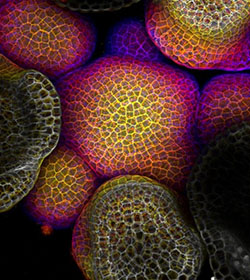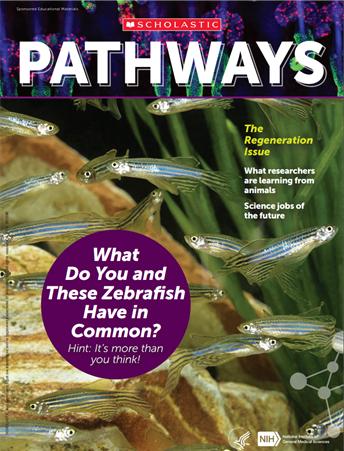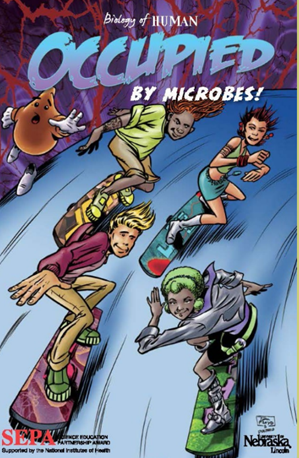Spring brings with it a wide array of beautiful flowers, but the interior structures of plants can be just as stunning. Using powerful microscopes, researchers can peek into the many molecular bits and pieces that make up plants. Check out these cool plant images from our Image and Video Gallery that NIGMS-funded scientists created while doing their research.
 Credit: Arun Sampathkumar and Elliot Meyerowitz, California Institute of Technology.
Credit: Arun Sampathkumar and Elliot Meyerowitz, California Institute of Technology.
In plants and animals, stem cells can transform into a variety of different cell types. The stem cells at the growing tip of this Arabidopsis plant will soon become flowers. Cellular and molecular biologists frequently study Arabidopsis because it grows rapidly (its entire life cycle is only 6 weeks), produces lots of seeds, and has a genome that’s easy to manipulate.
Continue reading “Cool Images: The Hidden Beauty Inside Plants”

 Cover of Pathways student magazine.
Cover of Pathways student magazine.
 Credit: University of Nebraska, Lincoln.
Credit: University of Nebraska, Lincoln.